On Thursday, news broke that Backpage.com CEO Carl Ferrer was arrested in Texas (on a California warrant) on felony charges of pimping a minor. It’s about time.
It is rare to read a press release now that doesn’t mention Backpage.com as a factor in a child sex trafficking arrest. In fact, Shared Hope has tracked nearly 500 law enforcement press releases noting Backpage.com involvement.
Backpage.com has been fighting attempts by prosecutors, legislators and advocacy groups to stop the child sex trafficking that is occurring on their website and has been making them millions for years. Each day that passes sees more victims. Last month Shared Hope joined with leading advocacy organizations in an amicus brief to the U.S. Supreme Court in support of child victims suing Backpage.com for allowing their exploitation to occur on its website. This is just the latest in a long fight to stop Internet exploitation of children, with Backpage.com being the giant in the online classified industry where this exploitation is widely taking place.
In addition, the U.S. Senate held Backpage.com in contempt of Congress in March after it refused to comply with a subpoena in its sex trafficking investigation. TheSenate Permanent Subcommittee on Investigations has compiled a report on Backpage.com’s activities that demonstrates a purposeful and diabolical strategy to capitalize on the demand for commercial sex with children, and to make as much money as possible from this activity: the true definition of a facilitator of child sex trafficking. Backpage.com refused to testify at a hearing on the report in November 2015, leading to the Senate voting to issue a contempt order – the first time in 20 years – against CEO Carl Ferrer. Backpage.com then used every possible legal procedure to stave off producing its corporate communications to the PSI, appealing all the way to the U.S. Supreme Court where it finally ended with the order to comply.
California Attorney General Kamala Harris tells it like it is in the press release from her office: “Backpage and its executives purposefully and unlawfully designed Backpage to be the world’s top online brothel.”
Beyond the legal cases and breaking news is the reality of the thousands of vulnerable children being exploited on Backpage.com; many are still trapped and advertised on Backpage.com as you read this article. As Shared Hope follows this case, we remain committed in our work to prevent the sale of children for sex, restoring survivors and bringing traffickers and predators to justice.


 By Rose Mukhar, JD, Justice At Last
By Rose Mukhar, JD, Justice At Last





